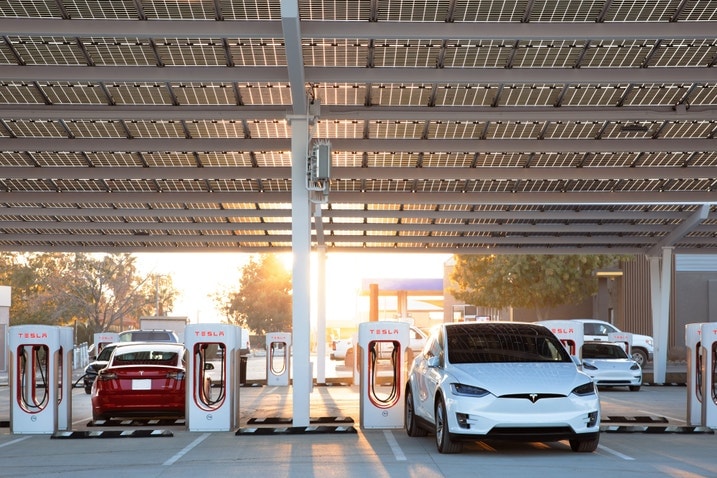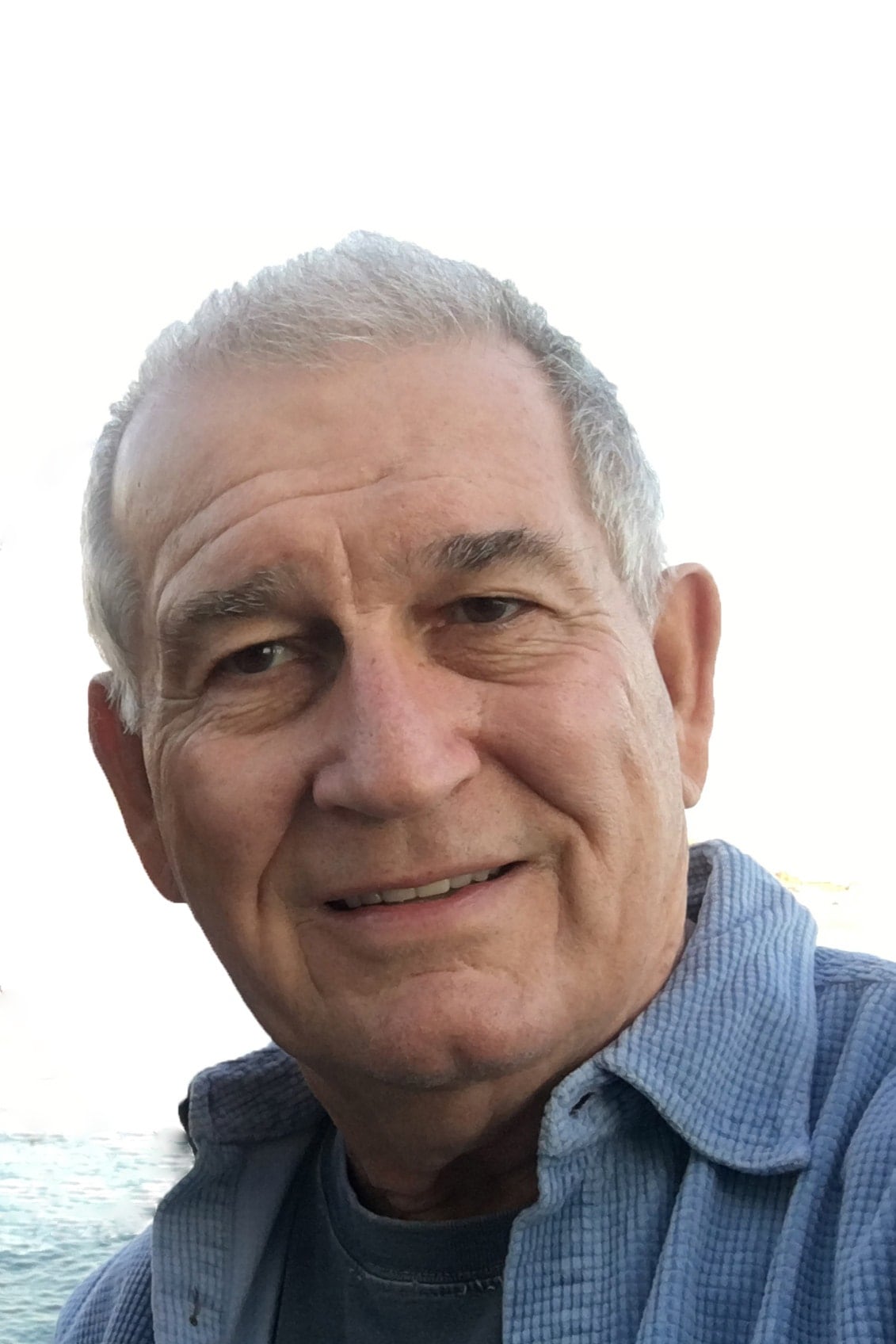In 2024, there was a domino effect of automakers announcing a switchover to Tesla's proprietary charge port on their electric vehicles, allowing non-Teslas to charge at the nationwide network of Tesla Superchargers. This development greatly expands the number of charging options for EV drivers, but you might be wondering if there are any advantages or drawbacks to charging at a Tesla Supercharger. There are a few important caveats to keep in mind.
For starters, electric car owners need to understand that two charge port styles currently coexist, but only one can use Tesla chargers. Those who don't have the required charge port must use a special Tesla charger adapter. But not every adapter allowing access to Tesla chargers is safe, and not every Supercharger will allow non-Teslas to charge. Finally some of those “other” EVs won’t be able to charge as quickly on a Supercharger as on the system they were designed for.
Jump to:
CCS vs. NACS: Why two systems?
Beware of unsafe NACS DC adapters
Tesla Superchargers aren't for everyone
Not-so-super charging
A jump start to a better charge network
CCS vs. NACS: Why two systems?
As EVs were being developed, mainstream U.S. and European car companies decided on a common charging system called CCS for Combined Charging System. They relied on outside suppliers such as ChargePoint, Electrify America and EVgo to build the expensive fast-charging stations needed to enable long-distance driving in their electric cars and trucks.
In that timeframe, Tesla had already developed its own charging standard and built its own charger network as a means of ensuring that its customers would always have places to charge while traveling. It was a smart call that has helped Tesla become the top-selling EV brand outside of China.
Tesla announced in early 2023 that it would open its Supercharger network to other brands of EVs, provided they would adopt its charging system, which it called the North American Charging Standard, or NACS.
Read "Do All Electric Cars Use the Same Charger?" for a more detailed breakdown.
Ford was the first to adopt the Tesla standard, followed by General Motors and Rivian. In the past year, almost every automaker with an EV in its lineup has done a deal. Most have said they’ll begin installing NACS charging ports in their EVs starting with models introduced in 2025 and 2026. At the time of this writing, the 2025 Hyundai Ioniq 5 and the Lucid Gravity are the first EVs outside the Tesla lineup to offer native NACS charging.
You can't just bolt a new charge standard onto a new vehicle, though. It must be incorporated into a redesign. However, since it often takes several years for an automaker to redesign a vehicle, it could be decades before every EV is factory-ready to use Superchargers. Until then, most electric cars and trucks that aren’t Teslas will need adapters to use them.
Beware of unsafe NACS DC adapters
Those whose vehicles didn't come standard with a Tesla-style port must use a NACS-to-CCS adapter. Tesla charger adapters must do more than simply enable their unique charging nozzle to connect to an EV’s CCS-style charging port. To work safely, they must provide a reliable link so the vehicle and charging station can communicate. They also must manage the heat involved in charging and be able to slow or cut off the flow of current if temperatures get too high. Tesla-approved adapters are available from some EV makers, but not all. Several aftermarket adapters are also available, but here's where you could run into some issues.
Many of those lower-cost adapters don’t meet the necessary standards, and there’s usually no way of telling unless the adapter is taken apart and its inner workings examined.
“The market is saturated with unsafe and uncertified products,” said Chris Maiwald, CEO of Lectron. The Hong Kong and Los Angeles-based company makes the NACS-to-CCS adapters distributed by Ford and Mercedes-Benz to their EV customers. Lectron also worked with General Motors to develop the GM-branded adapter and is involved with other EV makers Maiwald said he’s prohibited from identifying.
Tesla and many fast-charging network operators have banned the use of adapters that aren’t specifically approved by an EV’s manufacturer. Most EV makers also warn that if an EV is damaged by using a non-approved charging adapter, the vehicle warranty is voided.
Fast-charging network operators Electrify America and EVgo, which are adding NACS DC adapters at many of their stations, said only adapters provided by automakers are authorized because they are designed specifically for each company’s EVs and permit those EVs to communicate with the chargers to prevent overheating or other issues.
Lectron also makes its own aftermarket NCAS-to-CCS adapter, the Vortex, which isn’t approved by Tesla but is UL-certified for safety and is compatible with Tesla's Version 3 (V3) Superchargers, the most plentiful type, and the new and more powerful V4 Superchargers. Canada’s A2Z EV Typhoon and Lectron’s Vortex are the two unauthorized aftermarket adapters most widely used by EV drivers who don’t yet have devices distributed by their cars’ makers because they are Tesla Supercharger-compatible and UL-certified and carry strong manufacturer warranties.


 by
by  edited by
edited by